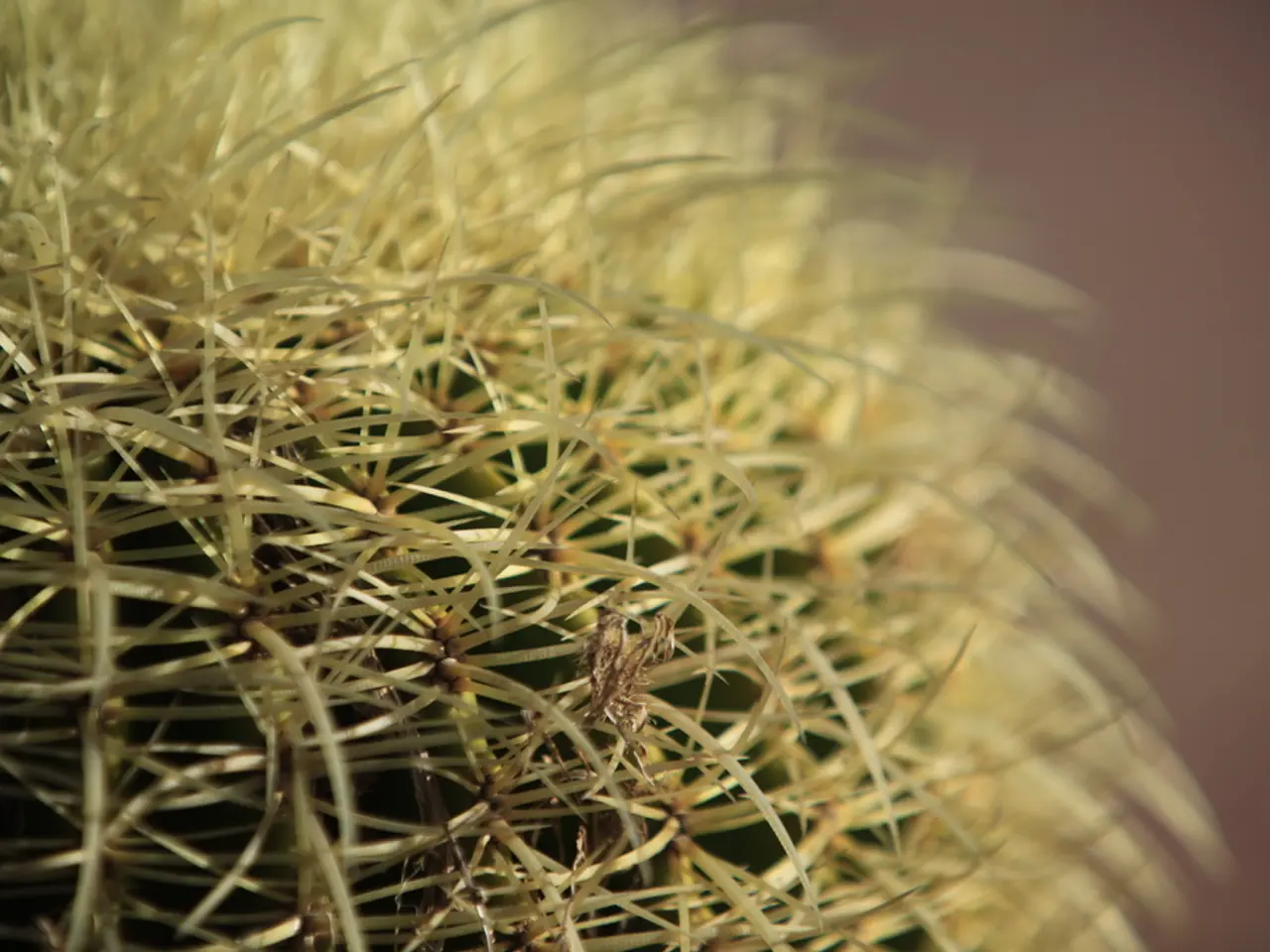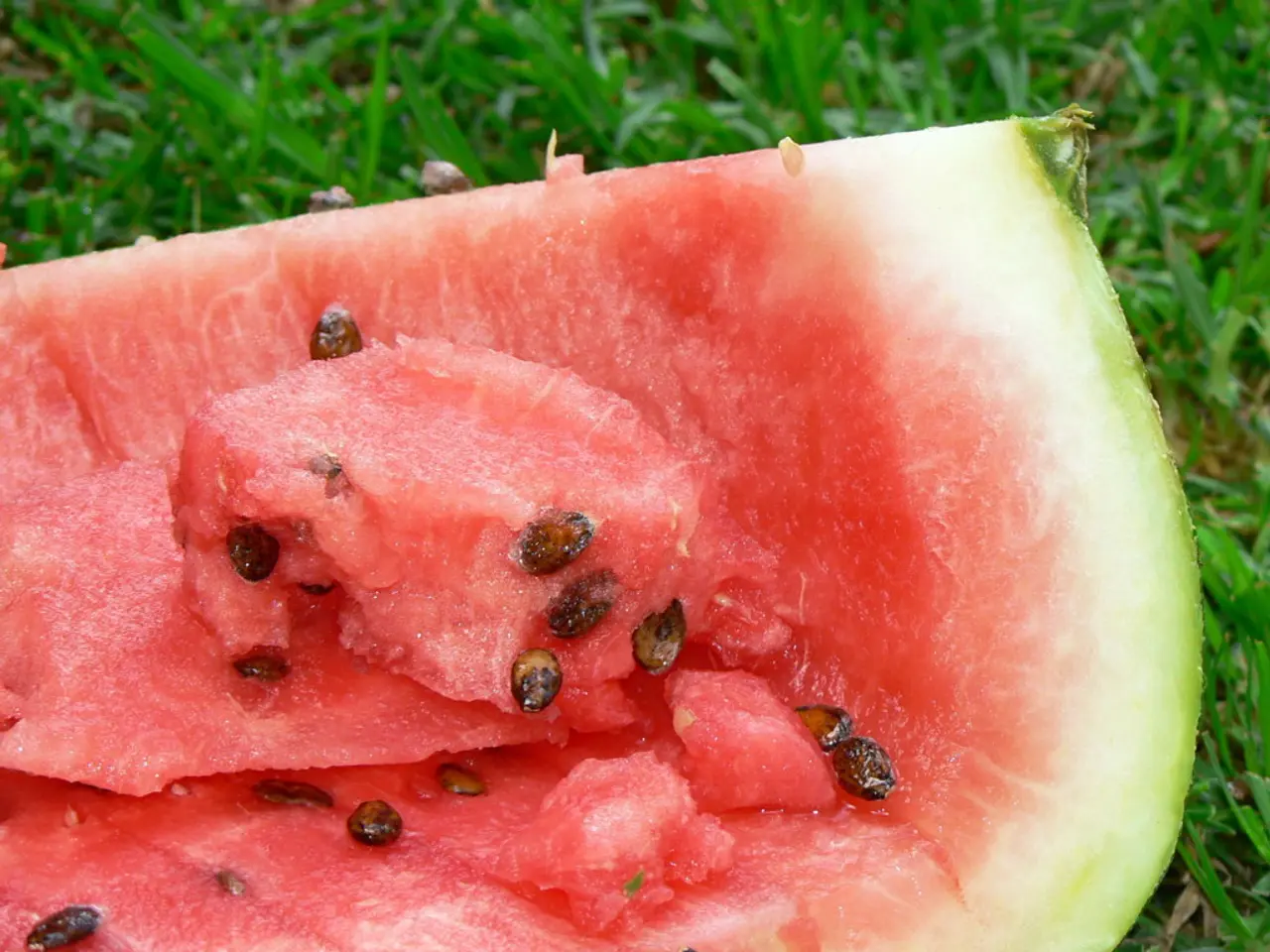Save Your Squishy Cactus: Why It's Gone Mushy and How To Put It Back Together
Common Issues with Cacti: Root Causes and Solutions
Let's face it, taking care of a cactus shouldn't be hard. But sometimes, despite its simplicity, mishaps happen. Overwatering - the biggest culprit - can lead to fungal diseases that make your once proud prickly pear turn soft and gooey.
But fret not, my fellow green-thumbers! It's not game over just yet. This troubleshooting guide will help you diagnose the problem, take charge, and get your cactus back in tip-top shape.
When your Cactus Turns to Slime
A cactus with a rotten base acts different from one with mushiness spreading through the stems and pads. Common yellowing, foul odors, soil gnats, distorted stems and pads, dark spots, softening at the soil line, and discolored blisters are signs of decay. If your cactus looks like it's been dipped in a vat of aliens, your houseplant is feeling the pain.
Plants suffering from root rot are sneaky little devils, hiding their struggles underground where prying eyes can't see them. However, symptoms like discoloration and strange shapes will eventually give them away. Cacti charred from too much sun or attacked by pests can also mimic the symptoms of decay.
The Lowdown on Cactus Rot Causes
If your humid abode is giving the local swamp a run for its money, your cacti could be in danger. High moisture levels in the soil, plus fungal spores from other plants, the air, or the soil itself, can result in a cactus going from prickly to squishy in no time. Overwatering - the emotional rollercoaster of planting - and poor drainage are the main suspects.
Fungal spores are lurking everywhere, waiting for the perfect opportunity to strike the weakened plant. An open wound, whether from injuries, pruning, pests, or other causes, makes your cactus vulnerable to attacks from the likes of Charcoal Spot, Anthracnose, Dry Rot, Cotton Root Rot, and Soft Rot.
Best Ways to Rescue a Rotting Cactus
The rescue mission depends on whether the rot is lurking underground or taking over the stems and pads. Root rot is a tougher foe, but plants with issues on the surface of the plant have a fighting chance. A little elbow grease, some patience, and expert advice should get the job done.
Root Rot Recovery
The odds are stacked against the cactus when root rot is the culprit, but it's worth a shot:
- Unpot and Scrap the Soil: Take the plant out of its pot, toss out the diseased soil, and clean the container.
- Sterilize the Container: Bleach or alcohol can help eliminate the pathogens remaining in the container.
- Ensure Proper Drainage: The container's drainage holes should be clear to promote good airflow and prevent water retention.
- Fresh Soil, Fresh Start: Fill the container with clean, cactus-friendly soil.
- Revive the Roots: Clean the roots with a water-bleach solution to disinfect them, or use alcohol to rinse them off.
- Prune and Wait: Prune away any discolored or dead roots and let the rest of the plant dry out completely.
- Wait and Water: Let the soil and plant dry out for a week, then resume watering as normal.
Surface Rot Savior
Addressing surface rot requires the same steps as root rot, with a few added twists:
- Identify the Source: Determine the cause of the decay, whether it's fungal, pests, or sunburn.
- Prune Away the Damage: Remove any yellow, soft, or discolored stems and pads using clean, sterilized tools.
- Prevent Further Damage: Depending on the cause (fungal, pests, sunburn), take steps to stop further damage. For fungal issues, use a fungicide or neem oil. For pests, use insecticidal soap or dust. For sunburn, provide shade, water, and consider moving the cactus to a less sunny spot.
- Support Recovery: Allow the plant to dry out completely and callous over.
Frequently Asked Questions
How Do You Save the Top of a Rotting Cactus?
If the rot has gotten the better of your cactus, you may have to amputate the affected top. Cut the rotten tissue back to a joint or root node, let it callus, dive it in a sterile medium like moistened sand, and wait for roots to form. Once the roots have settled in, you can transfer it to a regular pot.
What Does an Overwatered Cactus Look Like?
Overwatering can make your cactus weak, mushy, and sad. Symptoms include wilting leaves, soft spots in the pads and stems, softening at the base, and leaking or splitting tissue. Invest in a soil meter to keep tabs on moisture levels if you're a heavy-handed waterer.
When your cactus starts to resemble a blade of grass instead of its prickly self, it might be suffering from overwatering which could lead to decay, turning the home-and-garden plant into a soft, mushy mess. To save a cactus that's gone squishy, follow a few steps: if the decay is on the surface of the plant, identify the cause, prune away the damaged parts, and prevent further damage; if the rot has crawled underground, unpot and scrap the soil, sterilize the container, ensure proper drainage, use a fresh cactus-friendly soil, revive the roots, prune and wait, and then water and wait again.




